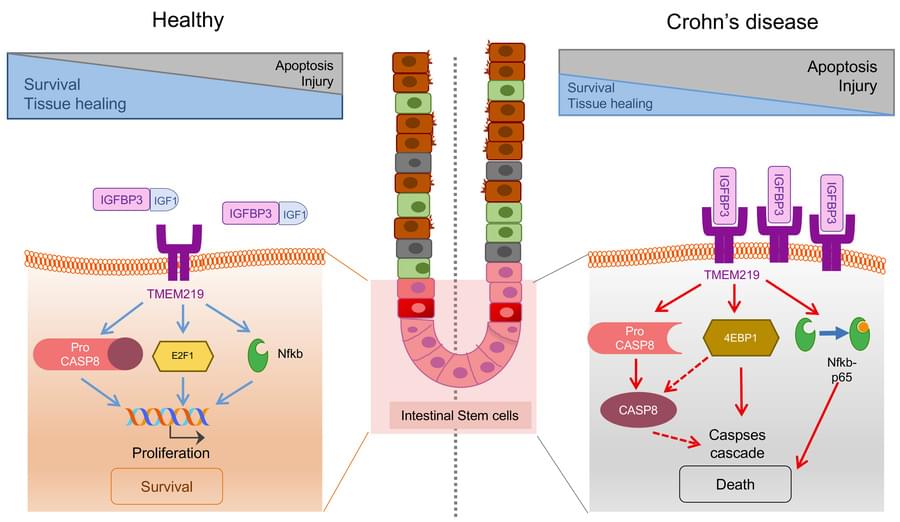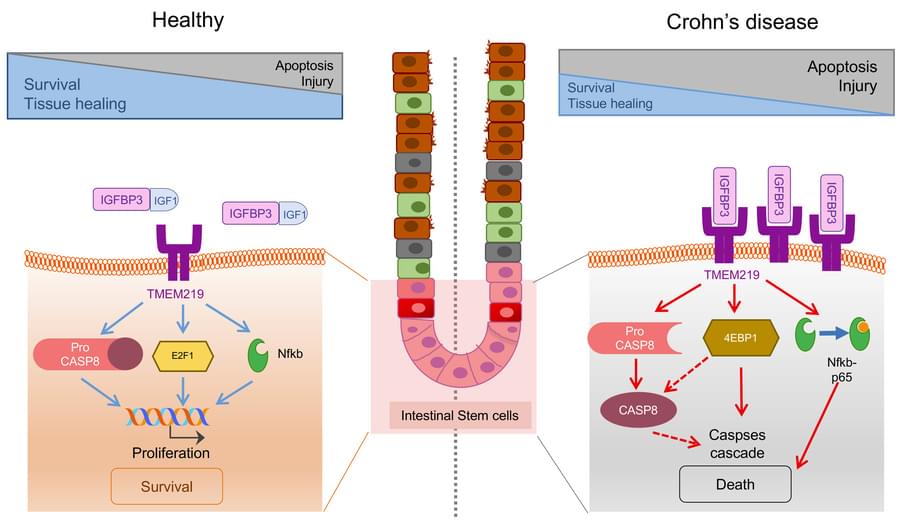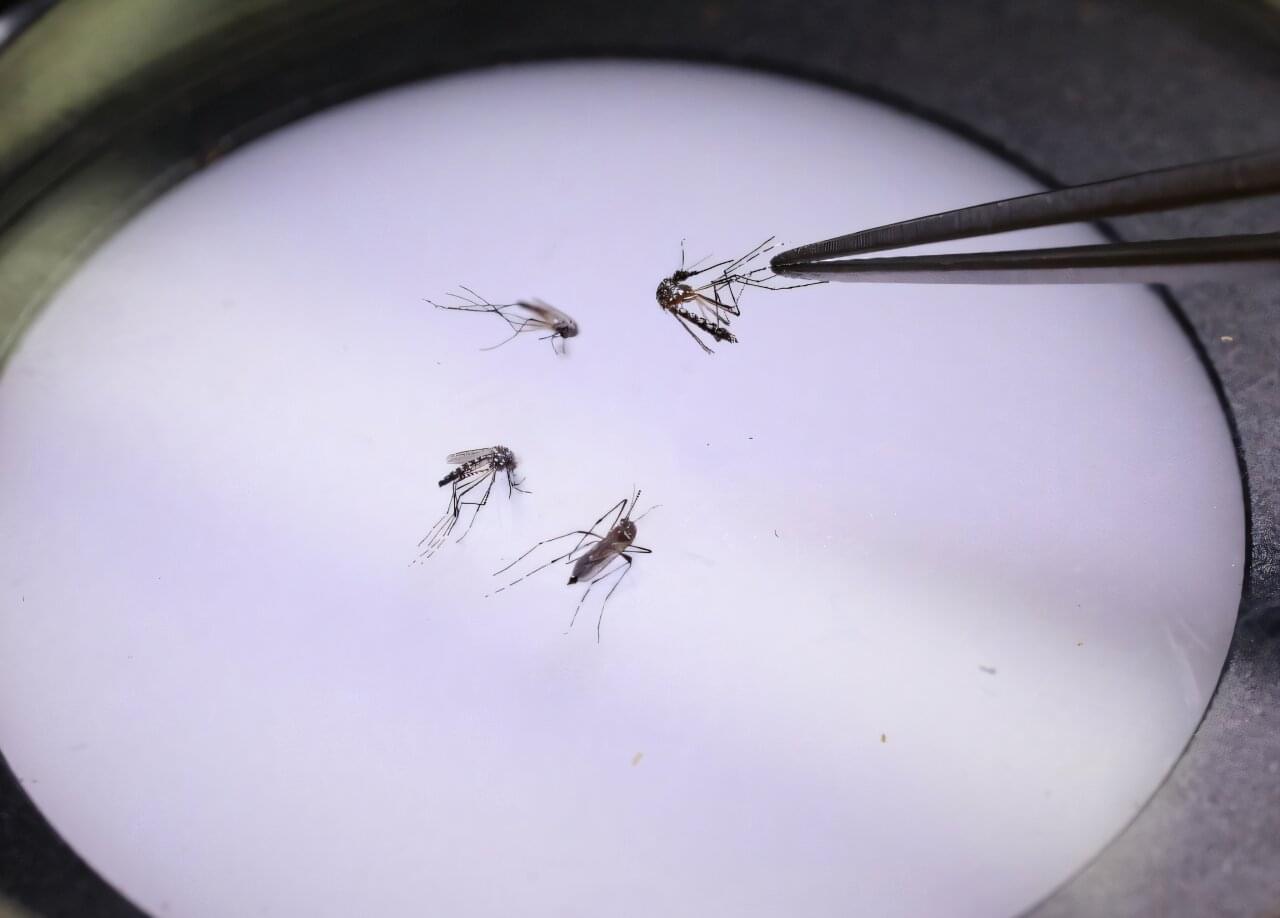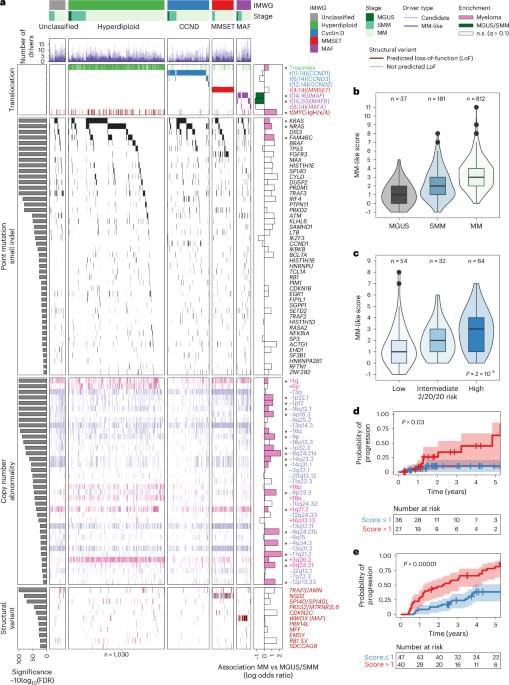Google DeepMind has developed a groundbreaking AI that can solve complex real-world problems like delivery planning and route optimization without needing exact answers or perfect data. By integrating a method called MCMC layers into neural networks, the system learns to make smart, flexible decisions in real time—even under tough constraints. This new approach outperforms older models and could transform industries like logistics, healthcare scheduling, and city traffic management.
🤖 What’s Inside:
DeepMind’s New AI That Solves Real-World Problems Without Exact Data.
https://arxiv.org/abs/2505.14240
How MCMC Layers Make Neural Networks Smarter at Planning.
AI vs Classical Methods in Solving NP-Hard Logistics Tasks.
🎥 What You’ll See:
Why traditional AI fails at scheduling and delivery planning.
How Google’s new AI tackles chaotic, constraint-heavy problems in milliseconds.
The secret behind MCMC layers and simulated annealing in neural networks.
Real-world results that could reshape logistics, healthcare, and urban planning.
📊 Why It Matters:
This isn’t about smarter chatbots—it’s about AI solving the hardest real-life decisions with speed and flexibility. From dynamic routing to hospital schedules, DeepMind’s breakthrough shows AI can finally plan like a pro—even with messy, incomplete data.
#ai #deepmind #google








